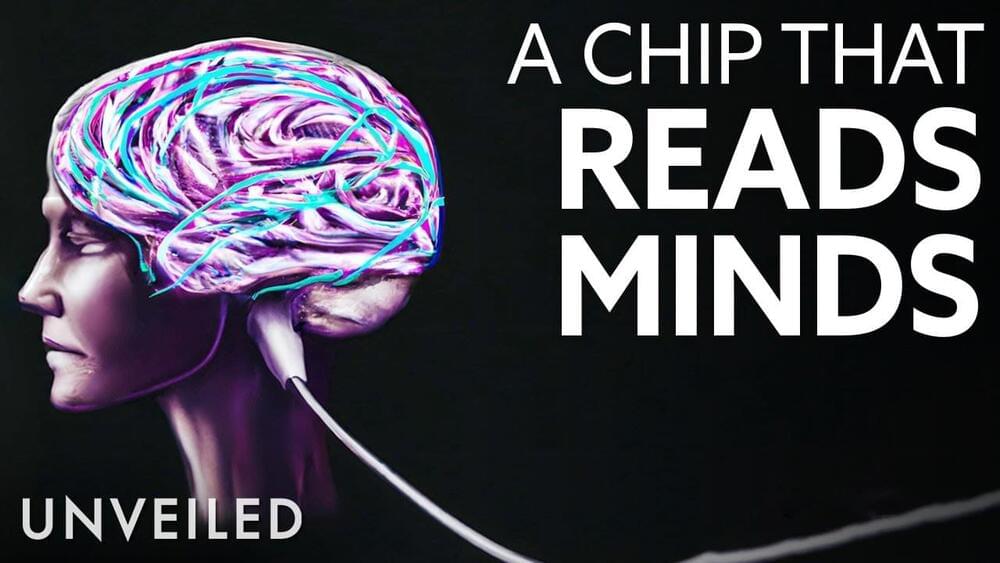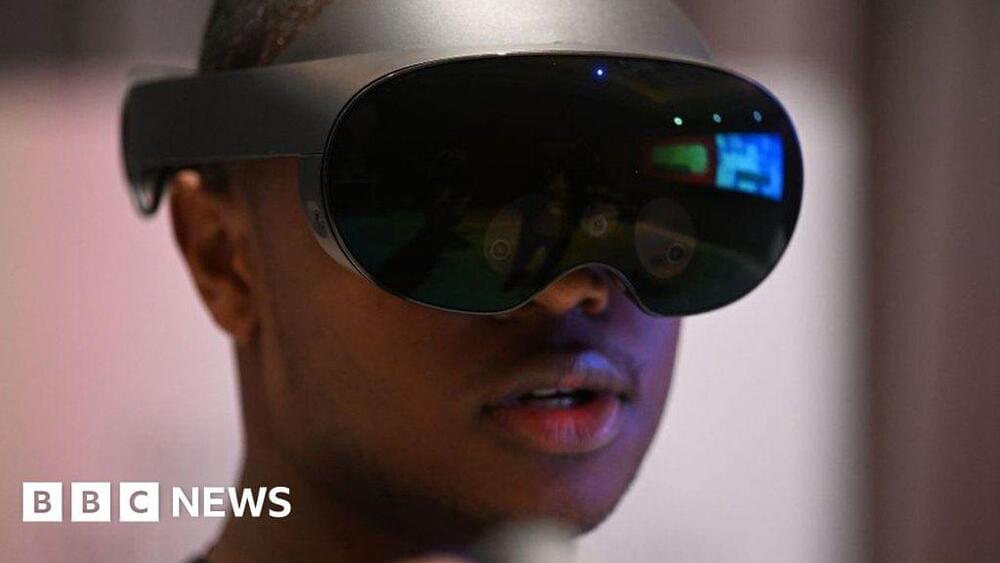Researchers at DeepMind in London have shown that artificial intelligence (AI) can find shortcuts in a fundamental type of mathematical calculation, by turning the problem into a game and then leveraging the machine-learning techniques that another of the company’s AIs used to beat human players in games such as Go and chess.
The AI discovered algorithms that break decades-old records for computational efficiency, and the team’s findings, published on 5 October in Nature1, could open up new paths to faster computing in some fields.
“It is very impressive,” says Martina Seidl, a computer scientist at Johannes Kepler University in Linz, Austria. “This work demonstrates the potential of using machine learning for solving hard mathematical problems.”
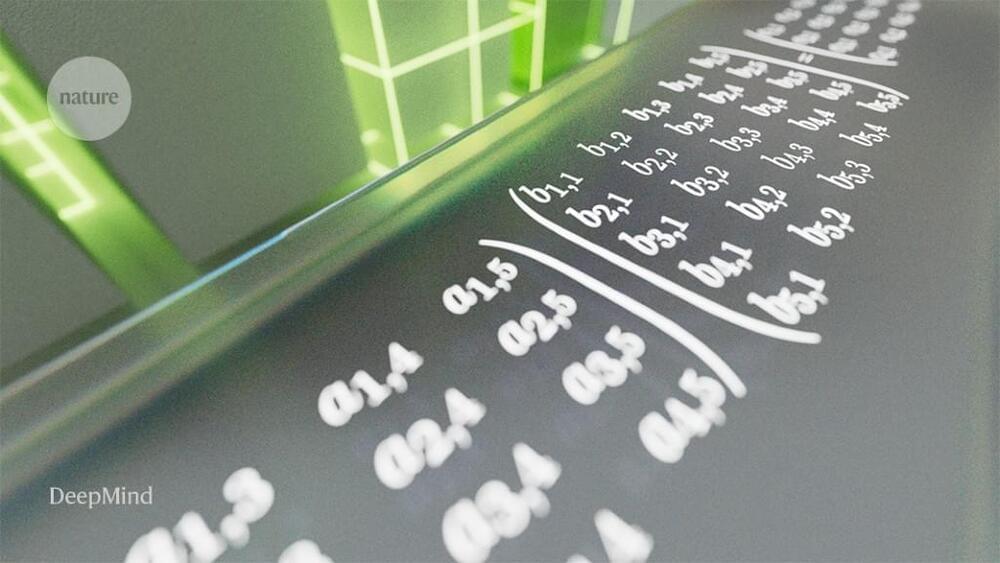
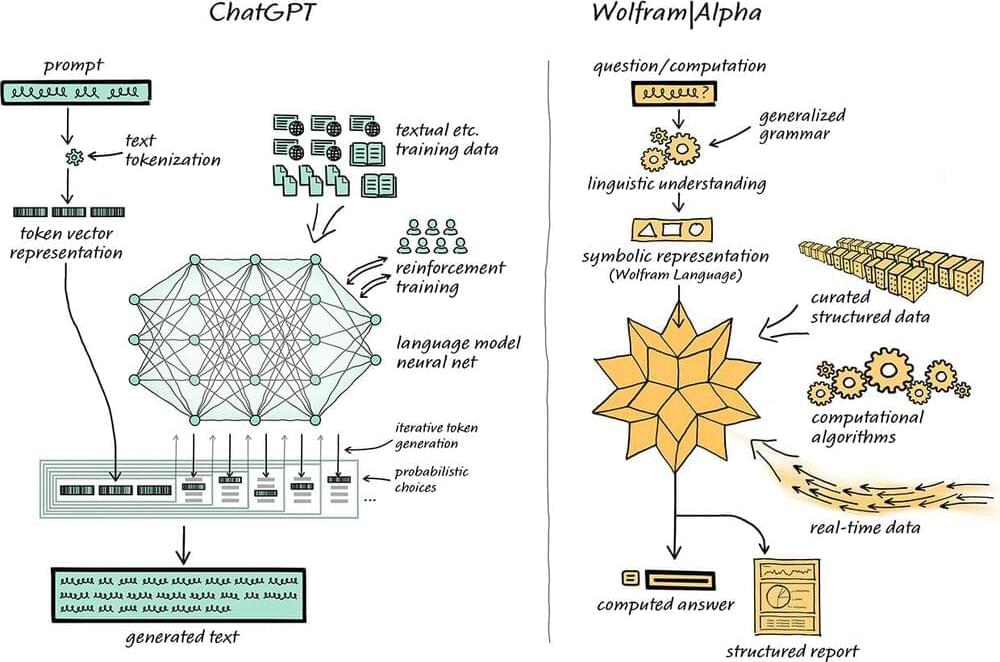
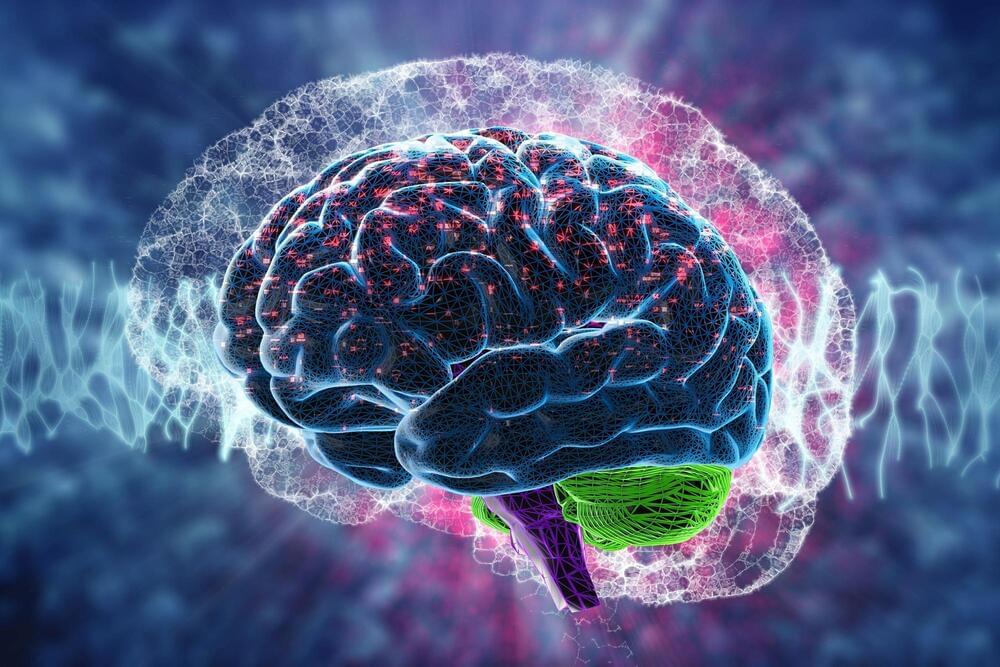
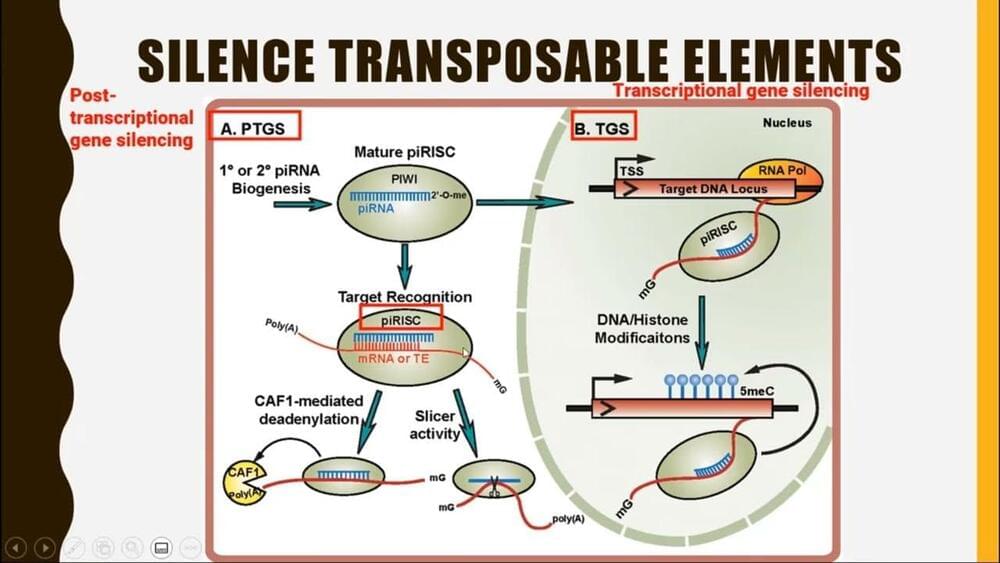
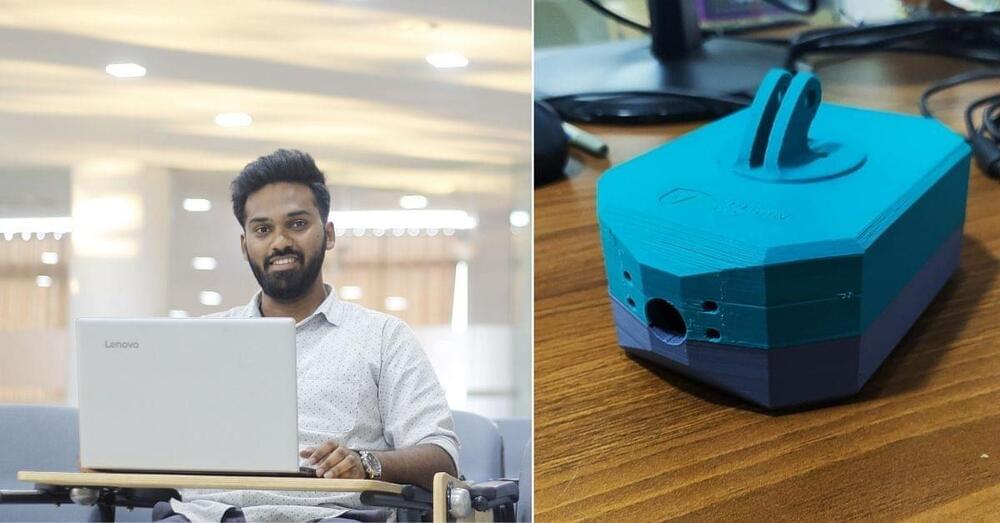

 עברית (Hebrew)
עברית (Hebrew)